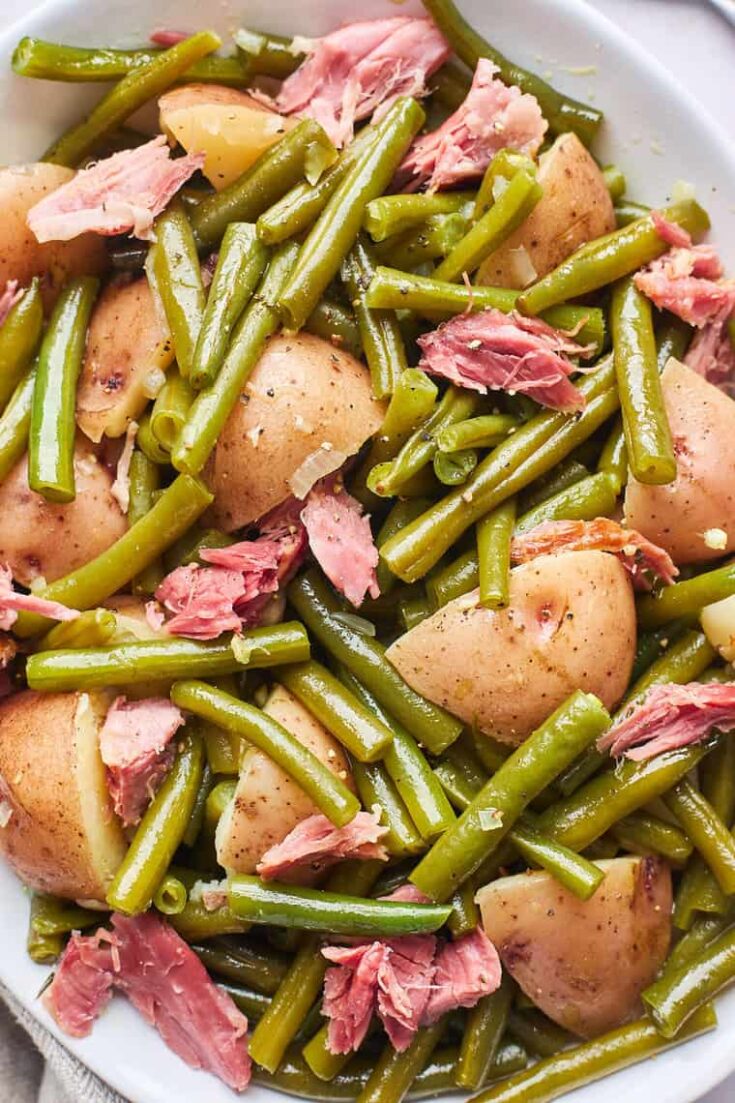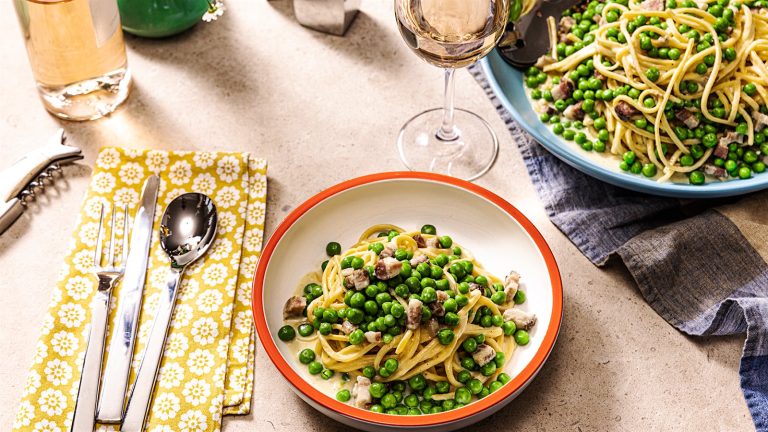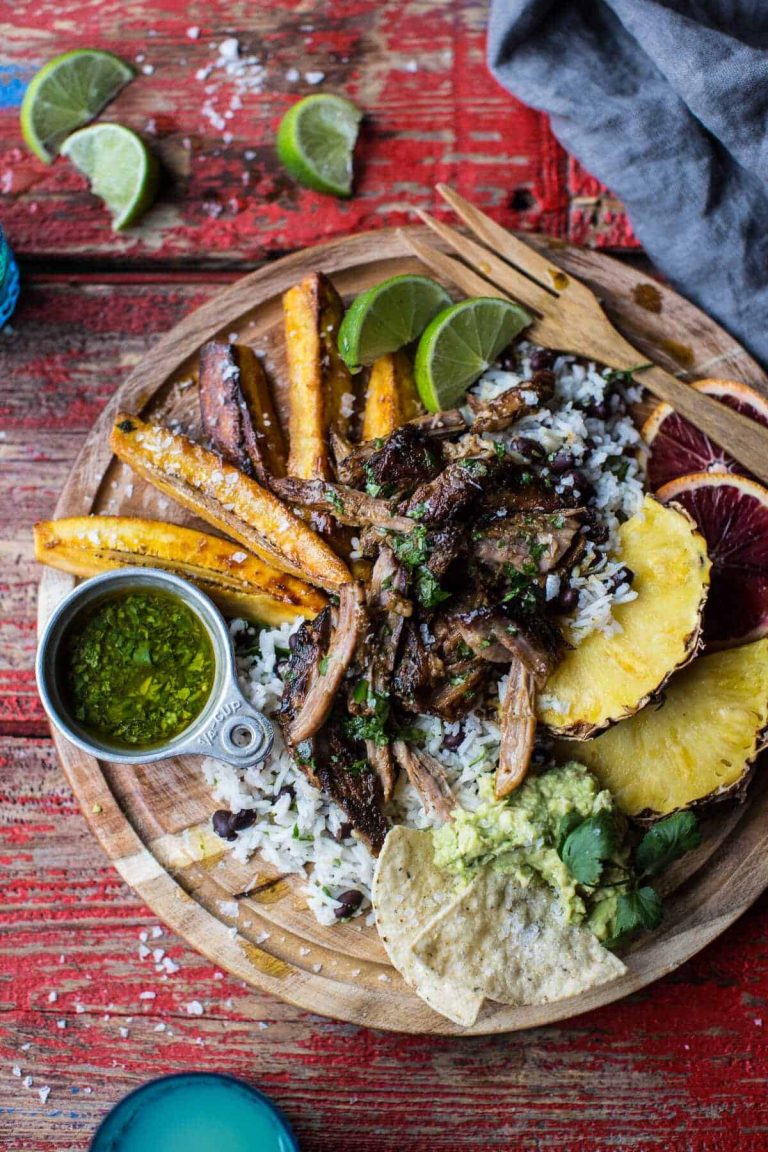Southern Green Beans: Tradition, Modern Twists, and Community Significance
Southern green beans, rooted in Southern cuisine tradition, date back to early agrarian societies. Native Americans and early settlers cultivated them, integrating them into daily meals. These communities relied on green beans not only for sustenance but also for their nutritional benefits. The origin story involves generations passing down recipes, ensuring that the preparation methods maintained their authenticity. Historical texts suggest that these beans became popular due to their adaptability to the Southern climate.
Regional Variations
Different regions in the South add unique twists to green bean recipes. In Louisiana, Cajun spices give green beans an extra kick, while in the Carolinas, they might include a splash of vinegar for a tangy flavor. Texas versions often incorporate chili powder, aligning with the state’s bold culinary style. No matter the variation, Southern green beans maintain a consistent base of slow-cooking with bacon, ham, or fatback, which adds richness and depth to the dish.
Key Ingredients in Southern Green Beans
The Role of Bacon or Pork
Bacon or pork forms the flavor backbone of Southern green beans. Curing and cooking pieces of bacon or salt pork impart a smoky, savory depth to the dish, enhancing the beans’ natural taste. Southern recipes often include ham hocks or fatback, providing richness and an umami profile that’s hard to replicate with other proteins.
Importance of Fresh Green Beans
Fresh green beans ensure a crisp texture and vibrant color, both essential attributes in Southern cuisine. Opt for beans that are firm and bright green for the best results. Quality green beans not only enhance the dish esthetically but also contribute a fresh, garden-like taste that defines Southern green beans.
Seasoning and Spices
Seasonings and spices elevate Southern green beans from basic to exceptional. Commonly used spices include black pepper and garlic, giving the beans a flavorful kick. In some regions, cooks add onions or red pepper flakes to introduce a hint of heat and additional layers of flavor. Salt enhances all the other flavors, bringing the dish together harmoniously.
Cooking Techniques for Perfect Southern Green Beans
Slow Cooking Methods
Slow cooking infuses Southern green beans with deep, rich flavors. Utilized in many households, a crockpot or a heavy stove-top pot sustains the results. Begin by cooking bacon, ham, or fatback, rendering the fat essential for seasoning. Add chopped onions and garlic, sautéing until fragrant. Incorporate fresh green beans, ensuring they’re well-coated with the rendered fat. Pour in enough broth or water to cover the beans slightly, then add salt, black pepper, and red pepper flakes. Cover the pot, simmer on low heat for 1-2 hours, stirring occasionally, until beans are tender yet firm. To enhance the dish, many add potatoes or ham hocks, both complementing the beans and absorbing the hearty flavors.
Modern Twists on Traditional Recipes
Modern chefs creatively adapt Southern green beans, blending classic methods with contemporary elements. Incorporate smoked turkey instead of pork for a healthier option. Infuse the dish with unique seasonings like Cajun spices, paprika, or chili powder for a bolder flavor profile. Try roasting green beans with olive oil, garlic, and lemon zest for a vibrant, zesty taste. Another approach includes adding toasted nuts or seeds for a crunchy texture. To elevate the dish further, dress cooked green beans with balsamic vinegar and cherry tomatoes, offering a refreshing contrast to traditional smoky undertones.
Serving and Pairing Southern Green Beans
Traditional Side Dishes
Southern green beans shine alongside various classic side dishes. They often accompany main courses like fried chicken, barbecue ribs, and pork chops. Think about pairing them with:
- Mashed Potatoes: Creamy texture complements the savory beans.
- Cornbread: Adds a sweet, crumbly contrast.
- Macaroni and Cheese: Rich and comforting, enhances the beans’ flavor.
- Coleslaw: Crisp and tangy, balances the meal.
- Biscuits: Buttery and flaky, great for soaking up juices.
These side dishes create a balanced Southern meal, enriching the dining experience.
Wine and Beverage Pairings
Southern green beans pair well with a variety of wines and beverages. Choosing the right drink enhances the dish’s flavors:
- White Wine: Opt for Chardonnay or Sauvignon Blanc. These wines offer crispness that complements the beans’ savory notes.
- Red Wine: Consider Pinot Noir or Zinfandel. Their fruitiness balances the smokiness from bacon or ham.
- Sweet Tea: A traditional Southern favorite, its sweetness contrasts the beans’ savory profile.
- Lemonade: Refreshing and tart, provides a palate cleanser.
- Craft Beer: Pale Ales or Lagers work well here, matching the rich, smoky flavors.
With these pairings, you can elevate your Southern green beans to a new level of culinary delight.
Health Benefits and Nutritional Information
Caloric Content
Southern green beans offer a low-calorie option for side dishes. One cup of cooked green beans contains approximately 44 calories. This makes them an excellent choice for those monitoring caloric intake while enjoying a flavorful dish. Adding ingredients like bacon or ham will increase the total calorie count, but the base of green beans remains nutritious and light.
Vitamins and Dietary Fiber
Green beans provide a rich source of vitamins and dietary fiber. A one-cup serving delivers about 12% of the daily recommended intake of dietary fiber, which aids in digestion and satiety. They are also high in vitamins A, C, and K. Vitamin A supports vision, vitamin C strengthens the immune system, and vitamin K plays a vital role in blood clotting and bone health.
Community and Cultural Significance
Southern Green Beans in Family Gatherings
Southern green beans often grace tables at family gatherings. In many Southern households, these beans are a staple at Sunday dinners (e.g., Easter, Thanksgiving). Preparing green beans, often cooked with bacon or ham hock, brings family members together, creating shared culinary traditions. Grandparents might pass down recipes (e.g., seasoning mixes) to younger generations, reinforcing family bonds. Serving green beans during gatherings symbolizes comfort and home-cooked goodness, fostering a sense of unity and heritage.
Festivals and Community Events Featuring Southern Cuisine
Southern green beans frequently appear at festivals and community events celebrating Southern cuisine. Events (e.g., state fairs, food festivals) often feature booths where local chefs showcase their green bean recipes, drawing crowds eager to taste authentic dishes. Cooking competitions at these events frequently include categories for best Southern green beans, highlighting their popularity and cultural relevance. Festivals offer opportunities to experience regional variations (e.g., Creole, soul food) of green beans, enriching community ties and culinary appreciation.
Conclusion
Southern green beans are more than just a side dish; they’re a culinary tradition that brings people together. Whether you stick to classic recipes or experiment with modern twists, these flavorful beans always deliver comfort and satisfaction. They’re a staple at family gatherings and community events, embodying the rich cultural heritage of the South. By incorporating Southern green beans into your meals, you’re not just enjoying a delicious dish—you’re participating in a time-honored tradition that celebrates community and family.






